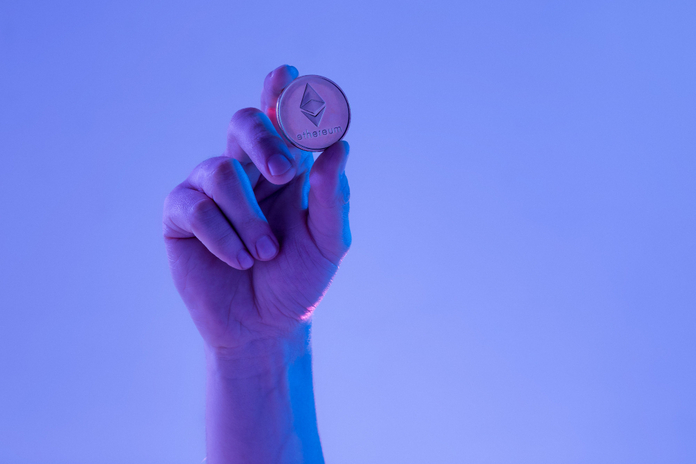Ethereum Developers Pave the Way for User-Friendly Crypto Wallets with ‘EIP-3074’
This post was originally published on this site

Ethereum’s ongoing evolution takes a significant leap towards enhancing the accessibility of crypto wallets with the introduction of ‘EIP-3074’. This Ethereum Improvement Proposal is poised to streamline user experiences, marking a crucial stride in the quest for mainstream adoption.
The Ethereum community’s focus on improving wallet usability has intensified, with developers deliberating on key enhancements for the blockchain’s forthcoming hard fork, Pectra. Among the proposed changes, EIP-3074 stands out, aiming to elevate the functionality and ease of use for wallets on the Ethereum network.
Unlike previous iterations, which aimed to enhance externally owned accounts through concepts like account abstraction, EIP-3074 takes a significant leap forward by empowering smart contracts to authorize EOAs. This shift promises to revolutionize wallet user experience, potentially offering a tenfold improvement, according to Paradigm Chief Technology Officer Georgios Konstatonopolous.
The proposal introduces innovative features, including the ability for users to batch transactions, delegate transaction capabilities to smart contracts, and enable third-party sponsorship for transaction fees. Additionally, it allows users to sign transactions submitted by other parties, offering enhanced flexibility and security.
While EIP-3074 has garnered widespread support within the Ethereum community, it has also sparked concerns, particularly regarding security implications associated with batched transactions. Some members, including Safe co-founder Lukas Schor and Argent wallet co-founder Itamar Lesuisse, have expressed apprehension over potential security vulnerabilities and the risk of wallet exploitation.
Despite these reservations, Ethereum developers remain committed to advancing wallet usability while addressing security concerns raised by the community. As Ethereum continues its journey towards greater accessibility and usability, EIP-3074 represents a significant milestone in achieving these objectives.
Featured Image: Freepik








